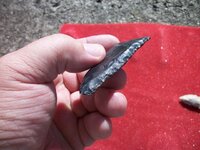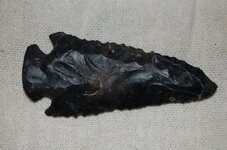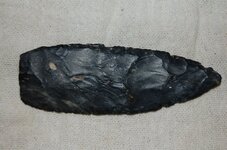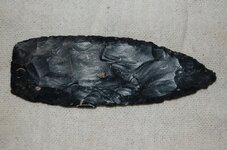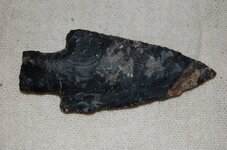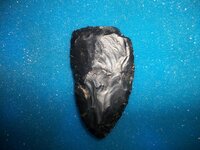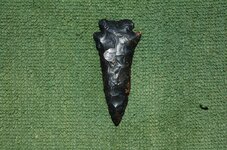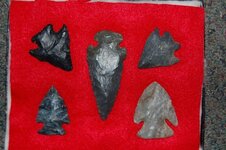petsnazspetsnaz
Jr. Member





I found this biface and was wondering if there is anyone who would know what material it is. I was told on another site that it might be a mercer or zaleski chert from Ohio. I have been researching upper mercer flint on google and I am finding examples that look quite similar.
If it is upper mercer flint, the really cool part would be that this biface was found in southwestern Manitoba in Canada. About 1,300 miles from the source in Ohio.
I have attached some pictures that show the material under various lighting. Its very glossy material and so its hard to get a clear picture of it. Hopefully somebody will be able to identify it!
Upvote
0



